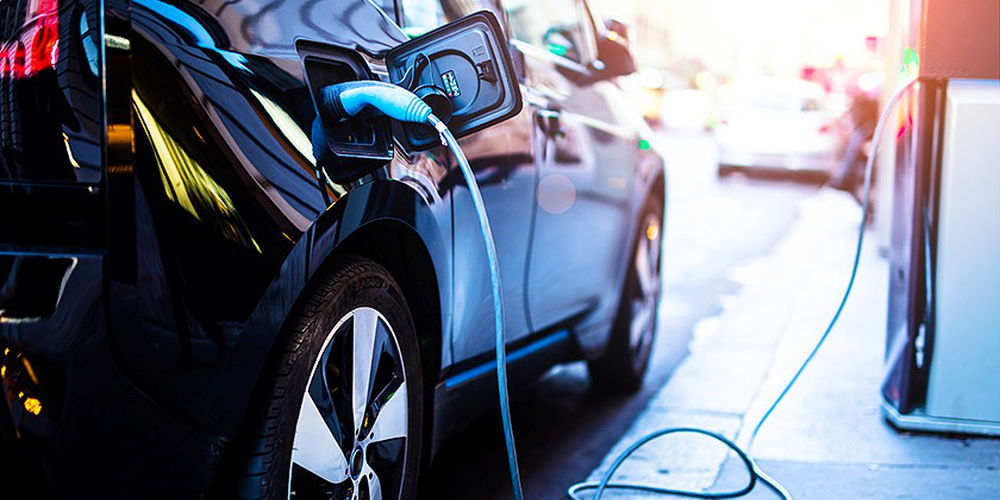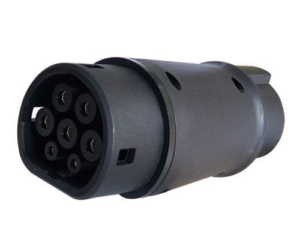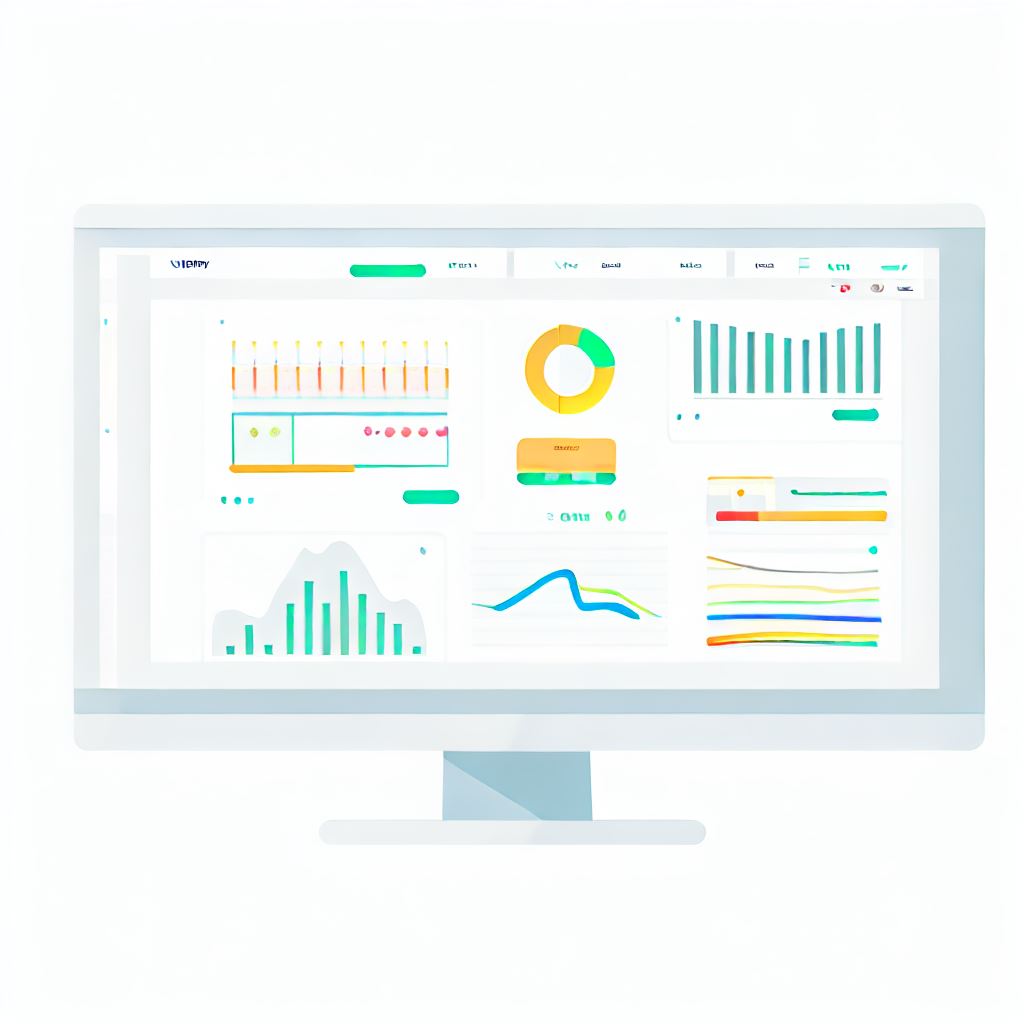Overview of VEIU Tech System Solution

Charge Control on the Vehicle’s Side
The concept of controlling the charging process on the vehicle’s side forms the basis of VEIU Tech system. Why?
- For an optimal charge control it is essential to know the state of charge of the vehicle.
This is mostly only known by the car and in some cases by the user. - The usage cycle and the operation times define the constraints of the charge flexibility.
This data is again dependent on the vehicle and the user and is therefore EV-specific. - With geographic data from the car, the charge process can even be optimized independently of buildings-installation and can therefore be applied according to current local (grid) constraints.
A further consequence of this approach is that EVs can perform the charge control independently of the charging installation. This implies that the vehicle does not have to be at specific charging station (that is reserved for it) in order to perform the respective charge control but can dynamically apply the optimization at any equipped charging station.
The function of the charging station therefore concentrates on its core task, that is to consider building constraints and charging infrastructure constraints in order to supply the maximum available power to the charging EVs. The rest of the charge optimization and flexibility management will therefore move to the vehicle side, where all the needed optimality conditions can be met.
Implementation


Charge Controller
The charge controller is one of the key elements of the VEIU Tech charging solution. It is installed between the charging station and the electric vehicle in order to control the charging process. It acts as an execution unit and it only applies control signals for the charging process. These signals are transmitted wirelessly via Bluetooth and are available as soon as an EV connects either to the adapter or to the charging station. Therefore, the charge controller establishes the fundamental communication between the vehicle and the charging station that is missing with standard (AC) charging stations.
Depending on the charging station design, a direct integration of the charge controller module inside the station may be possible. The installation is generally easy and only needs access to the power supply and the communication channel of the charging cable.
As an alternative, the charge controller can be applied between the charging station and the EV by plugging it as an adapter either at the charging station or at the charging plug.
Ideally the first option is chosen in order to minimize the weight at the charging plug and to enable direct access to the power supply.
On-Board Unit
Inside the vehicle an on-board unit is installed which acts as central which manages control signals as well as vehicle data. The on-board unit is connected to the car as well as to the internet and acts as data and signal hub. It is also the unit connecting to the charge controller and delivering the respective control signals in order to implement the charge control and therefore the unit that manages the process on the vehicle’s side.
In general VEIU Tech’s on-board unit is used. In the case of an integration with a partner system, the on-board unit of the partner can be used in order to perform its functionality.
It is also possible that in the future the on-bord unit’s tasks can be directly implemented as an application running on the vehicle operating system which would enable an even more seamless integration.
Web-Application
The web application running in the cloud collects the data from all associated vehicles and can then perform an optimization of the charge process even beyond fleets boundaries. The charging or control data are eventually sent back to the vehicles in order to recharge along the optimized charge plan.
In order to achieve a holistic optimization the application running on servers are fed from data interfaces that receive different data of concern e.g. energy costs, drive schedules or other operations data that are relevant for the charge process optimization. In this way an integral approach can be achieved that also incorporates the energy system into the optimization of the operational fleet.
Lastly the application also includes a user interface that displays various different data that are relevant for the fleet operator for internal analysis and general operational optimization and also a configuration interface that enables to configure the optimization according to operational constraints. This makes it easy for the operator to manage the fleets charging operations and keeps the overview about the state and the plans for the fleet for the coming trips.
When integrating with a partner’s system the application can be running on the respective host and provide the desired functionalities to the user over custom interfaces and integrate directly into available data systems. This is dependent on the partner’s infrastructure setting and the desired integration depths.

